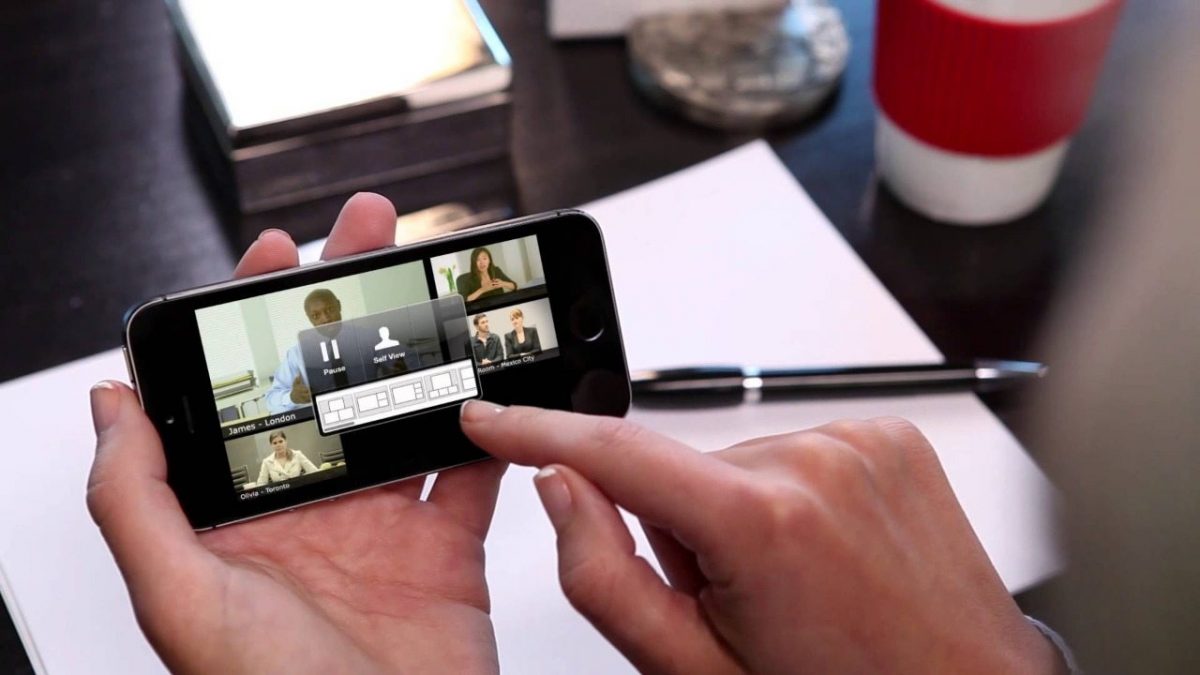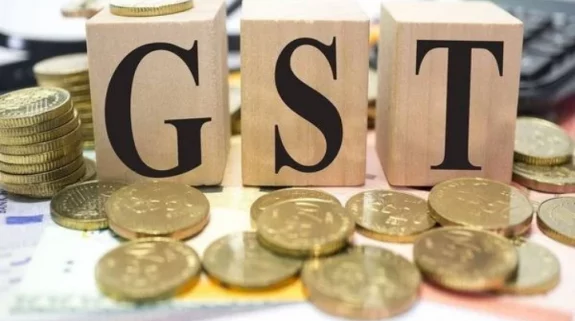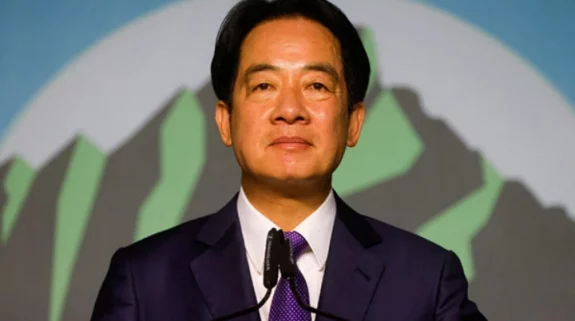Researchers at the Indian Institute of Technology, Ropar in Punjab and Monash University, Australia have developed a unique detector named ‘FakeBuster’ to identify imposters attending a virtual conference without anybody’s knowledge. It can also find out faces manipulated on social media to defame or ridicule someone.
As the world went online during the ongoing Covid-19 pandemic, and most of the official meetings and work is being done online, this standalone solution enables a user (organiser) to detect if another person's video is manipulated or spoofed during live video conferencing. That means the technique will find out if some imposter is attending a webinar or virtual meeting on behalf of one of your colleagues by morphing his image with his own.
"Sophisticated artificial intelligence techniques have spurred a dramatic increase in manipulation of media contents. Such techniques keep evolving and become more realistic. That makes detection difficult which could have far reaching security implications," said Dr. Abhinav Dhall, one of the key members of a four-man team that developed the FakeBuster.
"The tool has achieved over 90 per cent accuracy," he assured. The other three members of his team include Associate Prof. Ramanathan Subramanian and two students Vineet Mehta and Parul Gupta.
A paper on this technique – FakeBuster: A DeepFakes Detection Tool for Video Conferencing Scenarios – was presented in the 26th International Conference on Intelligent User Interfaces, in the USA, last month.
Dr. Dhall said that the usage of manipulated media content in spreading fake news, pornography and other such online content has been widely observed with major repercussions. He said such manipulations have recently found their way into video-calling platforms through spoofing tools based on transfer of facial expressions. These fake facial expressions are often convincing to the human eye and can have serious implications. These real time mimicked visuals (videos) known as 'deepfakes' can even be used during online examinations and job interviews.
This software platform is independent of video conferencing solutions and has been tested with Zoom and Skype applications.
The Deepfake detection tool FakeBuster works in both online and offline modes. Since the device can presently be attached with laptops and desktops only the team, says Prof. Subramanian, is aiming to make the network smaller and lighter to enable it to run on mobile phones/devices as well. They are also working on using the device to detect fake audios.
The team claims that this software platform FakeBuster is one of the first tools to detect imposters during live video conferencing using DeepFake detection technology. The device has already been tested and would hit the market soon.




















